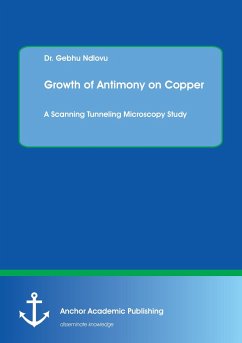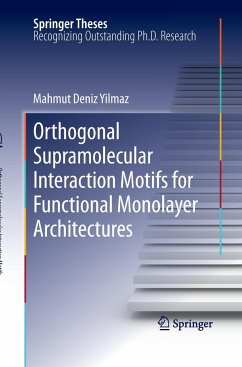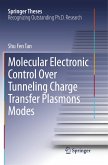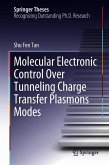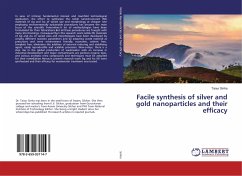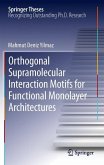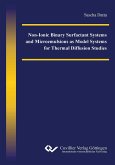This study investigates the Copper(111) - Antimony (Sb) system which is characterized by a complex interplay between adsorbate interactions and adsorbate substrate interactions which manifest through self-assembly processes. Surface sensitive techniques such as Low Energy Electron Diffraction and Auger Electron Spectroscopy were utilized to determine the substrate cleanliness prior to the growth of monolayer Sb coverage. The surface chemical reactivity on an atom-by-atom basis of the Cu sample surface was studied by current imaging tunneling spectroscopy.
The use of surface sensitive techniques in studying the surface alloy in question allows for more precise statements to be made about the surface structure of the system at various temperatures. Based on the experimental results, a comprehensive study of the adsorption and segregation behavior of Sb on Cu(111), including the mechanisms for phase formation at the atomic scale, is presented in this study.
The use of surface sensitive techniques in studying the surface alloy in question allows for more precise statements to be made about the surface structure of the system at various temperatures. Based on the experimental results, a comprehensive study of the adsorption and segregation behavior of Sb on Cu(111), including the mechanisms for phase formation at the atomic scale, is presented in this study.

